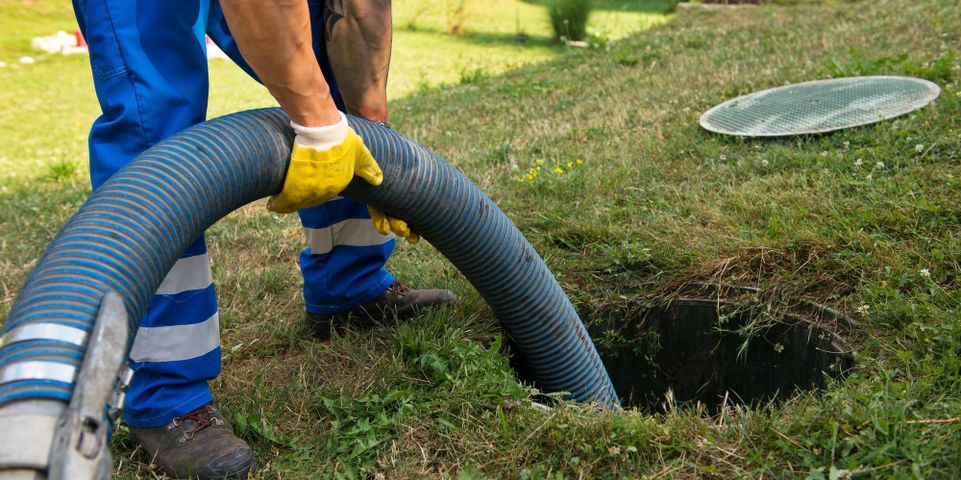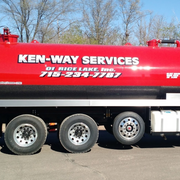4 Septic System Mishaps to Avoid

As a homeowner, you want your plumbing to remain efficient and serviceable for your family and guests. One of the keys to maintaining your septic system is knowing how to prevent potentially costly and inconvenient damages. Septic tank pumping professionals suggest avoiding the common mistakes listed below.
Avoid These Common Septic System Problems
1. Flushing the Wrong Items
As a general rule, never flush anything besides bath tissue. When you flush other items, such as feminine hygiene products, medications, paper towels, hair, and dental floss, you risk causing septic drain field clogs and backups into your home.
2. Misusing Garbage Disposals
 It’s also important to pay attention to what you put down your garbage disposals. Certain food products, including coffee grounds, cooking oils, fibrous vegetables, and meat bones, may cause your disposal to break down or cause the formation of sludge buildup in your septic system.
It’s also important to pay attention to what you put down your garbage disposals. Certain food products, including coffee grounds, cooking oils, fibrous vegetables, and meat bones, may cause your disposal to break down or cause the formation of sludge buildup in your septic system.
3. Planting Near the Drain Field
Septic service providers caution against planting trees, shrubs, and other foliage too close to your drain field. This is due to the possibility of roots growing into your pipes and tank, resulting in cracks and leaks. Plant all greenery at least 10 feet away from the area.
4. Waiting Too Long for Septic Tank Pumping
Having your septic tank pumped is essential to the function of your system, so stick to a regular schedule for this service. Average households usually require pumping once every three to five years. However, you may need services more often if you have a large household or frequent visitors.
Keep your plumbing healthy and functional with septic tank pumping from Ken-Way Services Of Rice Lake Inc. For over 56 years, this family owned and operated business has provided septic services, drain cleaning, sewer line jetting, industrial waste hauling, and portable toilet rentals to clients throughout Barron County, WI. Call them at (715) 234-7767 to book an appointment for septic tank pumping, or visit them online to learn more about the inner workings of a septic system.
About the Business
Have a question? Ask the experts!
Send your question

